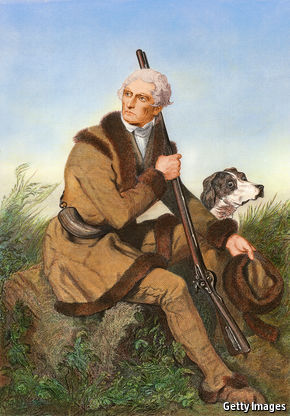Best-friend genetics
 One man and his dog
One man and his dogDOGS have long been man’s closest animal companion. The story of how they accompanied traders and settlers to every corner of the globe has now been pieced together in an unusual way by a group studying a unique genetic tag associated with a canine cancer. And in the process, this has turned up surprising new evidence about how cancer cells survive.
Transmissible cancers are rare. One of them, canine transmissible venereal tumour (CTVT), spreads between dogs through the transfer of living cells during mating. The disease, which usually appears as genital tumours in both male and female dogs, is believed to have originated in a single dog some 11,000 years ago and survived by spreading to other dogs. It is now found in dogs worldwide.
Since that founder dog first spawned CTVT, however, the disease has changed its genetic nature, according to Andrea Strakova, Máire Ní Leathlobhair and Elizabeth Murchison of the University of Cambridge’s Department of Veterinary Medicine and an international team of colleagues. They looked at the DNA of mitochondria in 449 tumours in dogs from 39…Continue reading
Source: Economist




